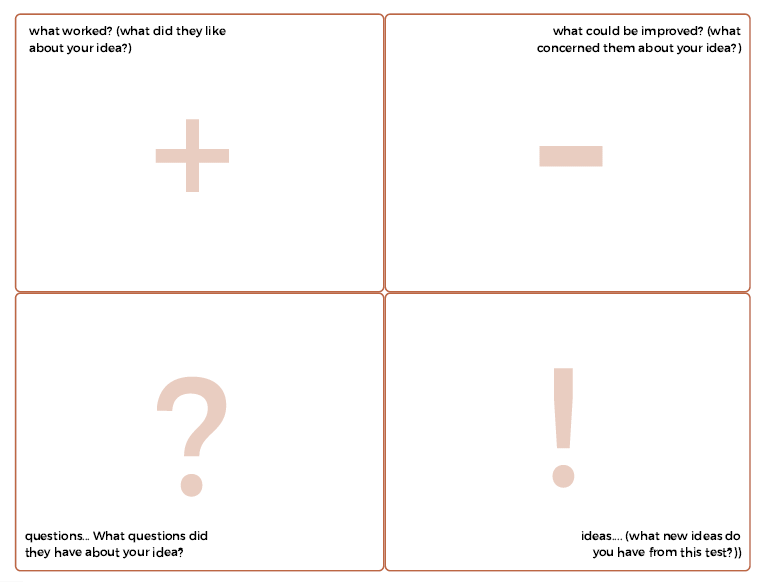10 Design Spin
A quick but beneficial spin through the Stanford d.school Design Thinking process.

Design Brief
The global pandemic has put an enormous stress on individuals, families, communities, schools, governments, and healthcare services. Seemingly overnight, our world didn’t seem so large anymore as we watched countries shut down, people dying, and economies crashing.
Covid-19 doesn’t discriminate, people do. In the U.S., we have seen a higher of deaths among African-Americans and Latinos. We see whole communities dodge the virus while watching its insidious spread less than a mile away.
Our world has significantly changed. But perhaps there are some good things that will come out of this pandemic. Families are spending more time together, air pollution has decreased, and tech companies are booming.
Your challenge is to find the good in the bad and develop a product, system, or service that will sustain something positive which will improve the quality of life for an individual, family, or community.
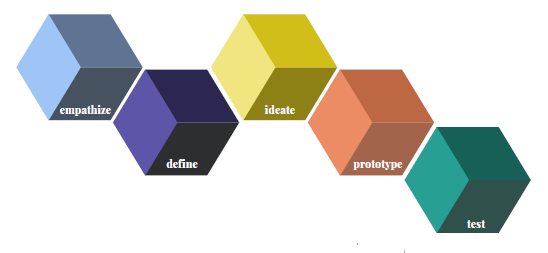 The key activities will include:
The key activities will include:
- Understanding the design thinking process
- Working as a team to uncover key insights
- Develop How Might We Statements
- Generate multiple ideas through brainstorming
- Learn how to synthesize the ideas into a
potential solution(s) - Develop (rough) prototypes for feedback
- Test the solution with regards to it’s desirability, feasibility, and viability.
Deliverable will be a visual representation which:
- Articulates the design challenge
- Provides actionable insights based on the design research conducted
- Identifies key themes and opportunity areas
- Provides a prototype of the solution
- Encourages feedback
- Is a compelling, human-centered narrative that ties all the points above together
In this phase, students will be graded on:
- The ability to work as a team and to work through the design thinking process
- A compelling presentation that elicits additional insight from others
- Providing insightful feedback to other teams through written documentation
- Personal reflection paper on the progress and experience
Empathize—Research Your Users’ Needs
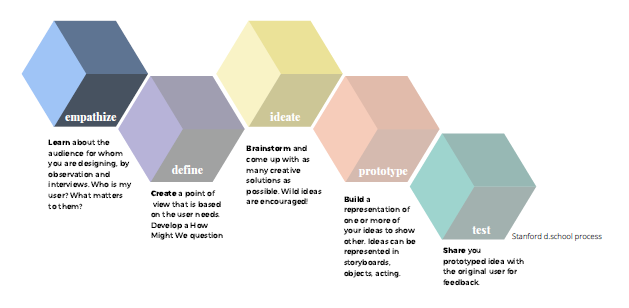 This first phase of the process allows you to gain an empathetic understanding of the problem you’re trying to solve, through user research. Empathy is crucial to a human-centered design process because it allows you to set aside your own assumptions about the world and gain real insight into users and their needs.
This first phase of the process allows you to gain an empathetic understanding of the problem you’re trying to solve, through user research. Empathy is crucial to a human-centered design process because it allows you to set aside your own assumptions about the world and gain real insight into users and their needs.
Breakdown Barriers
Before you begin your empathy research, consider any forces working against you or challenges that may come up.
As a team, discuss the following:
- What impact do you hope to have?
- What does success look like?
- How will you know when you get there?
- What’s working for you? How can you amplify these forces?
- What’s working against you? How do you plan to address these challenges?
Shift to Action
- What questions does your team need to explore to move forward?
- Who are the key players and collaborators you need to make this happen?
- What is the early narrative you want to create around your intentions that you can share with others?
- What are next steps?
Empathy Plan
Before you conduct your interviews and observations, consider these questions:
WHO are we empathizing with?
Who is the person we want to understand?
What is the situation they are in?
WHAT do they need to do?
What do they need to do differently?
What do we need to do differently?
WHAT do they say?
What have we heard them say?
What can we imagine them saying?
WHAT do they hear?
What are they hearing from others?
What are they hearing second-hand?
WHAT do they see?
What do they see in the marketplace?
What do they see in their environment?
WHAT do they do?
What behavior have we observed?
What can we imagine them doing?
What do they THINK and FEEL?
What are their fears, frustrations, and anxieties?
What are their wants, needs, hopes, and dreams?
What other thoughts and feelings might motivate their behavior?
Making Sense of It All
Once you’ve got a huge amount of notes, sketches, impressions, and quotes, it’s time to start making sense of them. One by one, go around the team, and capture the observations and stories on Post-its. It’s critical to pay close attention to your teammates stories, learnings, and hunches. This is a rich and powerful way to share what you’ve heard and part of the goal is make your individual learnings part of the collective group’s knowledge base.
Define—State Your Users’ Needs and Problems
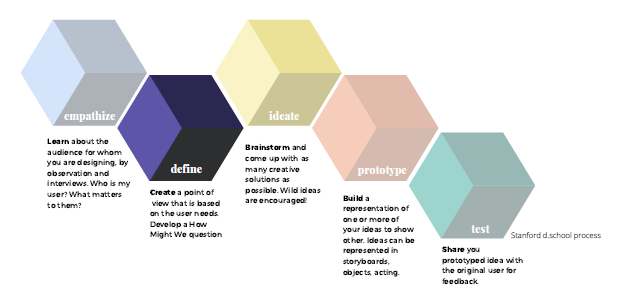 For this phase, gather the information you accumulated from the first phase and synthesize your findings so that you can define the core problems your team has identified.
For this phase, gather the information you accumulated from the first phase and synthesize your findings so that you can define the core problems your team has identified.
Point of View
Your Point of View (POV) defines the RIGHT challenge to address in the following mode in the Design Thinking process, which is the Ideation mode.
Your POV should never contain any specific solution, nor should it contain any indication as to how to fulfill your users’ needs in the service, experience, or product you’re designing. Instead, your POV should provide a wide enough scope for you and your team to start thinking about solutions which go beyond status quo.
How Do You Define Your Point Of View?
Define the type of person you are designing for—your user.
You can articulate a POV by combining these three elements—user, need, and insight—as an actionable problem statement that will drive the rest of your design work.
[User … (descriptive)] needs [Need … (verb)] because [Insight … (compelling)].
Make sure that your point of view is one that:
- Provides a narrow focus.
- Frames the problem as a problem statement.
- Inspires your team. Guides your innovation efforts.
- Informs criteria for evaluating competing ideas.
- Is sexy and captures people’s attention.
- Is valid, insightful, actionable, unique, narrow, meaningful, and exciting.
How Might We Questions
After you develop your Point Of View (POV), you can start opening up for ideas to solve your design challenge by asking “How Might We.”
Why and When to Ask “How Might We”
The “How Might We” question purposely maintains a level of ambiguity, and opens up the exploration space to a range of possibilities. It’s a re-wording of the core users, their needs and your insights about them, which you have uncovered through a deeper interrogation of the problem in your research phase.
The “How Might We” method is constructed in such a way that it opens the field for new ideas, admits that we do not currently know the answer, and encourages a collaborative approach to solving it.
Consider These Ways to Develop Your HMW
Amp up the good: HMW use the kids’ energy to entertain fellow passenger?
Remove the bad: HMW separate the kids from fellow passengers?
Explore the opposite: HMW make the wait the most exciting part of the trip?
Question an assumption: HMW entirely remove the wait time at the airport?
Go after adjectives: HMW we make the rush refreshing instead of harrying?
ID unexpected resources: HMW leverage free time of fellow passengers to share the load?
Create an analogy from need or context: HMW make the airport like a spa? Like a playground?
Ideate—Challenge Assumptions and Create Ideas
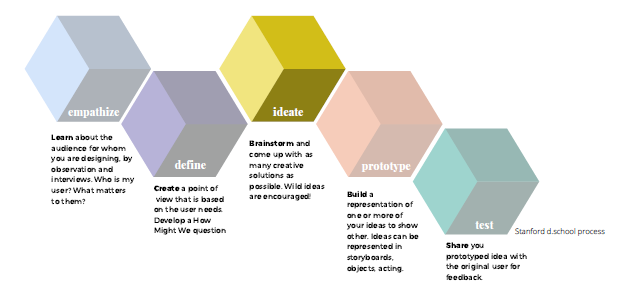 The solid background of knowledge from the first two phases means you can start to “think outside the box,” look for alternative ways to view the problem, and identify innovative solutions to the problem statement you’ve created.
The solid background of knowledge from the first two phases means you can start to “think outside the box,” look for alternative ways to view the problem, and identify innovative solutions to the problem statement you’ve created.
Brainstorming
Brainstorming is a great way to generate a lot of ideas that you would not be able to generate by just sitting down with a pen and paper. The intention of brainstorming is to leverage the collective thinking of the group, by engaging with each other, listening, and building on other ideas. Conducting a brainstorm also creates a distinct segment of time when you intentionally turn up the generative part of your brain and turn down the evaluative part. Brainstorming is the most frequently practiced form of ideation.
Use One Post-It for Each Idea
Be deliberate in how you brainstorm by usingnone post-it (or the Miro.com board) for each idea. This will allow you to build off each others ideas, group similar concepts and develop new ones.
Eight Rules
- Set a time limit
- Start with a problem statement
- Defer judgement
- Encourage weird, wacky, and wild ideas
- Aim for quantity
- Build on each others’ ideas
- Be visual
- One conversation at a time
Idea Selection
At some point in your ideation session, you’ll have reached a critical mass of ideas, and it will become unproductive to attempt to keep pushing for more. This is different from the natural creative slumps that teams experience throughout ideation sessions, and means it is a good point to stop and focus on pruning. Hang onto those unused ideas, though; they may prove useful in future ideation sessions as stokers or idea triggers. Right now, the aim is spotting potential winners, or combinations of winning attributes, from a number of ideas.
Now Wow How Matrix
Split ideas according to a variety of form factors, such as their potential applications in:
- Now: ideas that can be implemented immediately but which lack novelty.
- Wow: ideas that can be implemented and are innovative.
- How: ideas that could possibly be implemented in the future.
This provides an easy-to-follow formula for evaluating the viability of ideas as well as their innovativeness.
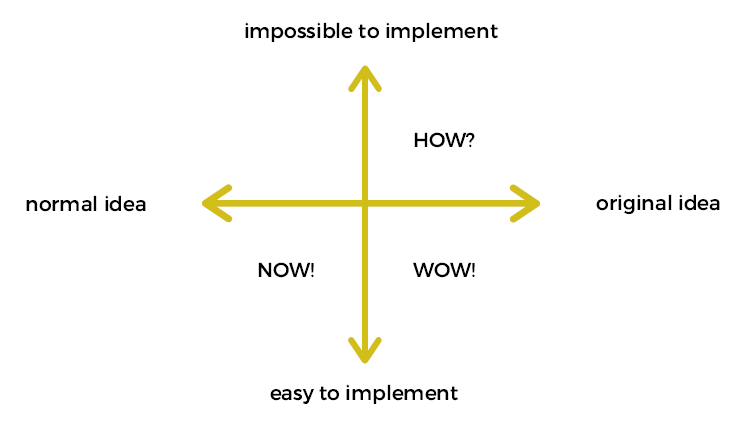
Prototype—Start to Create Solutions
 The aim for this phase is to identify the best possible solution for each of the problems identified during the first three phases. As a design team, you will want to produce a number of inexpensive prototypes of your ideas which you can then test for feedback.
The aim for this phase is to identify the best possible solution for each of the problems identified during the first three phases. As a design team, you will want to produce a number of inexpensive prototypes of your ideas which you can then test for feedback.
Prototyping for Empathy
When considering what to prototype, do not forget your POV and refer back to your HMW often. It is easy to get excited about an idea without truly evaluating if it solves the problem.
A prototype can be just about anything so long as the users can interact with it and provide you with feedback.
- Be sure to determine what to test and why.
- Before building an empathy prototype, you will need to figure out what aspects of a user or the environment you would like to probe deeper.
- Build prototypes that will effectively evaluate those aspects. For instance, if you want to find out about your users’ mindsets towards reading, you could ask your users to draw how they think about reading. After they have finished, you could ask them about what they have drawn and—from there—understand how they think.
- Consider if it would be an advantage to run a few empathy prototype tests at once in order to test different aspects of a user and/or environment. This will allow you to test a variety of assumptions and ideas quickly.
- If your prototype starts to deviate from the problem you are trying so solve, step back and revisit your POV. This is a normal part of the process and is OK. It is better to stop and start again then to go on a path that is not successful.
What Does a Rough Prototype Look Like?
Considering the speed at which we are working, the prototype can be very simple. It can be a storyboard, a cardboard object, a template for an App.
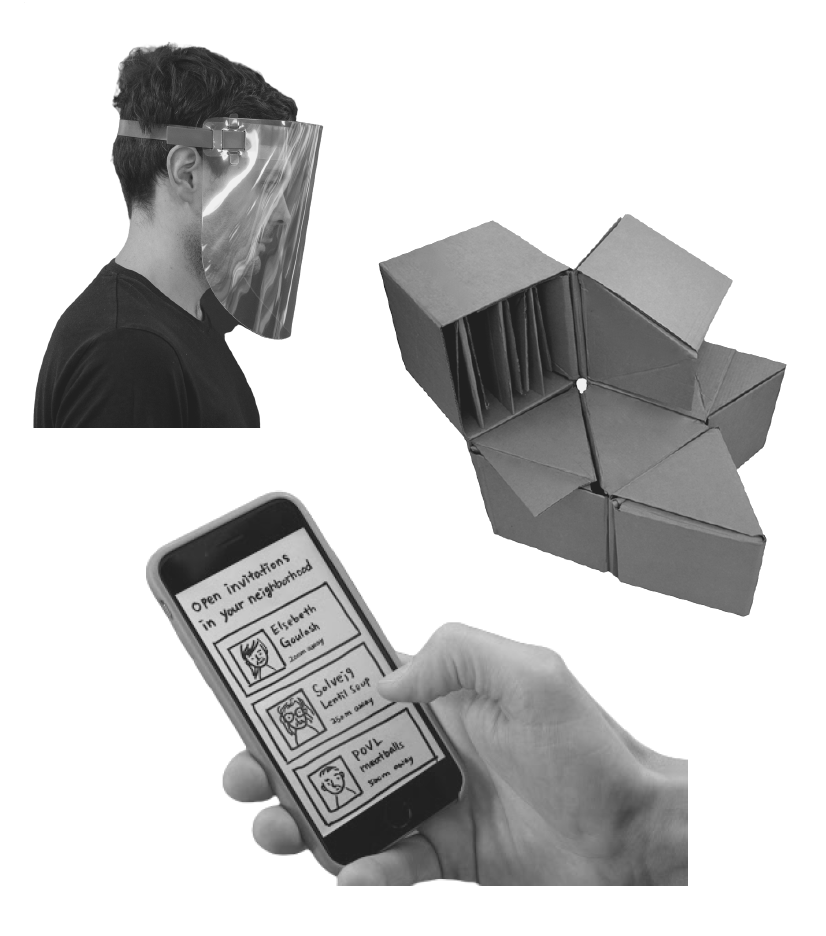
Test—Try Your Solutions Out
 It is important to test the complete products, services, or systems to quickly identify what it working and what may need to be revisited. Since is an iterative process, the results generated are often used to redefine one or more further problems.
It is important to test the complete products, services, or systems to quickly identify what it working and what may need to be revisited. Since is an iterative process, the results generated are often used to redefine one or more further problems.
Capture Feedback
Capturing feedback is vital to the success of your project. You may also want to consider this as an opportunity to test for failure as well as success. If we just consider what is working, we may not know what is not and therefore develop features that are not needed or could be done better.
The Feedback Grid is always successful provided that every quadrant has comments.
I Like, I Wish, What If?
“I Like, I Wish, What If” is a structured way of organizing feedback that is gathered from your testing sessions.
One key advantage of the “I Like, I Wish, What If” method is that it frames the feedback that someone is about to provide in a constructive and positive manner, enabling an open discussion or absorption of his or her feedback. Rather than saying something like “This feature sucks; why is this design even considered?” users are framed to say something more constructive, like “I wish you would change this part to… ” and “What if you moved this… and added… ”
